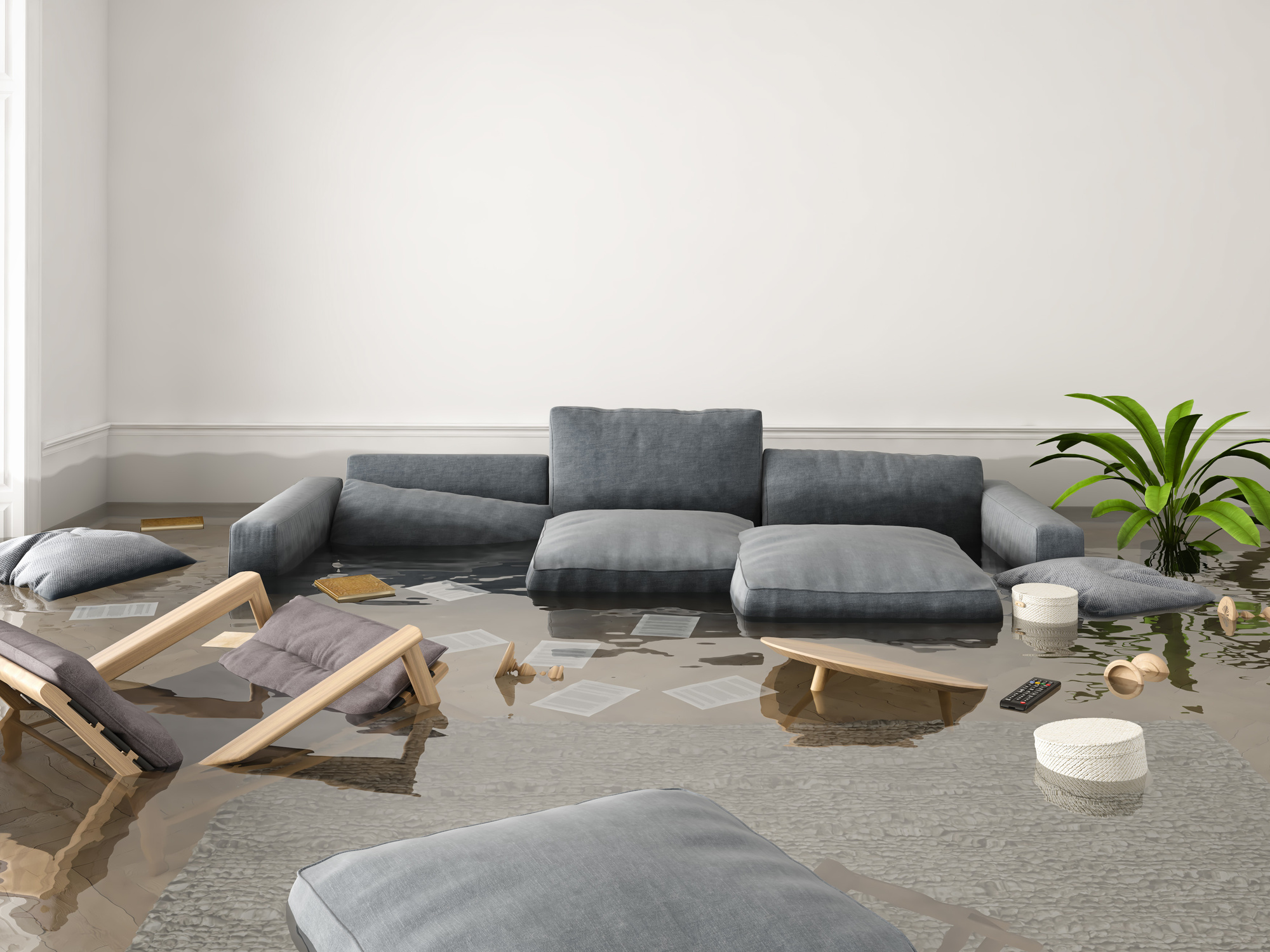
Experiencing a flood can be a traumatic experience. However, it isn’t an uncommon occurrence. In fact, around 14,000 homeowners in the U.S. experience water damage each day. What’s even more alarming is that 98 percent of basements in the country will experience some type of water damage in their lifetime.
Having a plan in place in the event of a flooding disaster is crucial. If you don’t have a plan mapped out, don’t worry. Here we outline what to do when your house floods.
What to Do When Your House Floods
When your house floods, don’t panic. Be prepared with the following steps:
Find the Source of the Water
One of the first things you should do is find the source of the water and stop it. You can identify the source of the water by turning off the main water valve in your home.
It’s best to locate the valve before your home floods so you can easily find it in the case of an emergency.
Shut Off the Electricity
After turn off the source of the water, turn off all the electricity in your home. Do not walk through the water to get to the fuse box. If you can’t get to your fuse box, call a professional electrician.
Be Watchful of Contaminated Water
Protect the health of you and your family by keeping yourself safe from contaminated water. Water could be contaminated with sewage or household chemicals, so be sure to wear waders or high waterproof boots. Also, wear rubber gloves to remove water-damaged property and possessions.
Document Everything
Before you begin removing the water, be sure to document the damage by taking photos to show your insurer.
If you remove the water before you take photos, you could decrease the amount of flood coverage you receive. Be sure to document every aspect of the flooding — including the source.
Call Your Insurance Company
The next step would be to call your insurance. Make sure to always have their number in your emergency contacts. Explain that your home has experienced flooding.
Since groundwater flood damage isn’t covered by most homeowner insurance companies, you may need to work with your insurer to figure out the extent of your coverage.
Additionally, let them know what repairs you intend to do, though some insurance companies will advise you to hold off on until an adjuster comes and assess the damage.
Begin the Cleanup Process
The next step would be to begin removing the water and cleaning up the damaged areas. The bag news is that this is a long and arduous process. However, the good news is that you don’t have to do it alone.
The professionals at Christian Brothers Emergency Building Services will extract water from every area of your home — including carpet and carpet padding.
Prevent Mold Damage
Another imperative part of restoring your home after a flood is to prevent mold. Toxic mold is a significant issue after a flood and can produce long term effects if not addressed immediately. Our team also takes the necessary measures to prevent mold from growing in your home after water extraction.
Are You Prepared for a Flood?
No homeowner wants to discover that their home has been flooded. Knowing what to do when your house floods ease stress and keeps you prepared in case of an emergency.
Do you live in San Diego? Let Christian Brothers Emergency Building Services be your go-to for water extraction and mold removal — we’re available 24/7.
